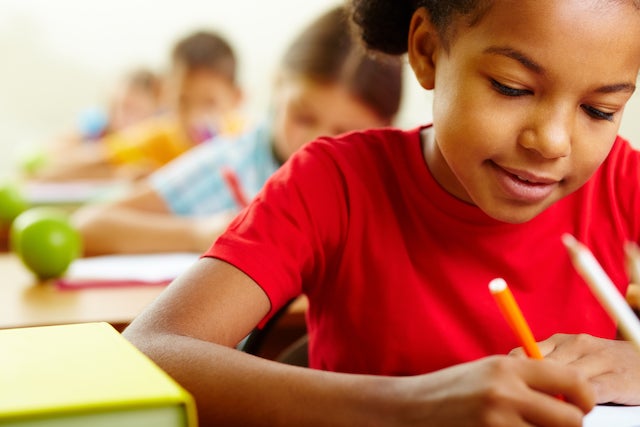Easing back into school: Tips from Autism Canada

By Randy Pinsky
It’s August, which means camping, stargazing…and preparing for school. While this tends to be stress-inducing for all families, it is particularly so for autistic children, especially after the past year.
Autism Canada offered a three-part series on ‘Let’s Talk Back to School’ and a toolkit of tips for how families can best prepare for the upcoming return to school.
The first panel on August 17 featured autism advocate, high school teacher, and parent, Bruce Petherick, and autism consultant and elementary school teacher, Kara Dymond.
“Some [kids] will be excited, some have missed peers and teachers...some are apprehensive about going back,” observed Dymond, author of The Autism Lens.
Both educators emphasized that the key to a successful return is planning. The more advanced the preparation, such as simulating a typical day, choosing outfits, or practicing wearing a mask, the easier the return will be. This is especially the case for those in transition years.
There will be understandable stresses and apprehensions after the year we’ve had and students need to be a part of the process. “Ask them if they have any concerns,” recommended Petherick, “and if they do, talk through them.”
Both panelists advised gradually integrating meal prep and earlier mornings and even visiting the school to increase familiarity. Petherick joked, “Don’t try to start getting them up for 6 or 6:30 am now, because that’s a battle you won’t win.” Dymond added, “Anything you can do the night before so the morning is less stressful, the better.”
It is also essential that students learn coping mechanisms for addressing potential emotional overload. Rather than always highlighting the merits of productivity, scheduling time for relaxation and recharging is just as important.
Dymond shared an example of a student who was overwhelmed with online classes. Taking off Wednesdays for self-care “was the best strategy - suddenly everything else worked. She had that chance to restore, catch up with work...she just needed that break.”
An approach to minimizing homework crying spells is Dymond’s ‘chunk and check in’ method. By breaking down projects into manageable ‘chunks’ which they are left to complete independently, progress is more feasible. Petherick endorses the use of ‘homework books’ where educators clearly mark down assignments, precluding potential ambiguity at home. This is also a key means for self-advocacy, encouraging students to vocalize what they feel they need to best perform.
New routines and habits are most likely to stick if they are a family initiative. “We have to look out for our neurodiverse kids to ensure that the system is secure for them, but sometimes that means we ignore the neurotypical ones,” observed Petherick. Not only does collaborative planning bring the family closer, but, as Dymond noted, it’s “also important for the [autistic] student. It’s not ‘I need something different because I am different;’ everyone in the family needs and uses these tools.”
So starting off this academic year, dry-runs, routines, and better collaboration with teachers can help make it as smooth- and safe - as possible.
For more info on Autism Canada’s resources, check out https://autismcanada.org.





